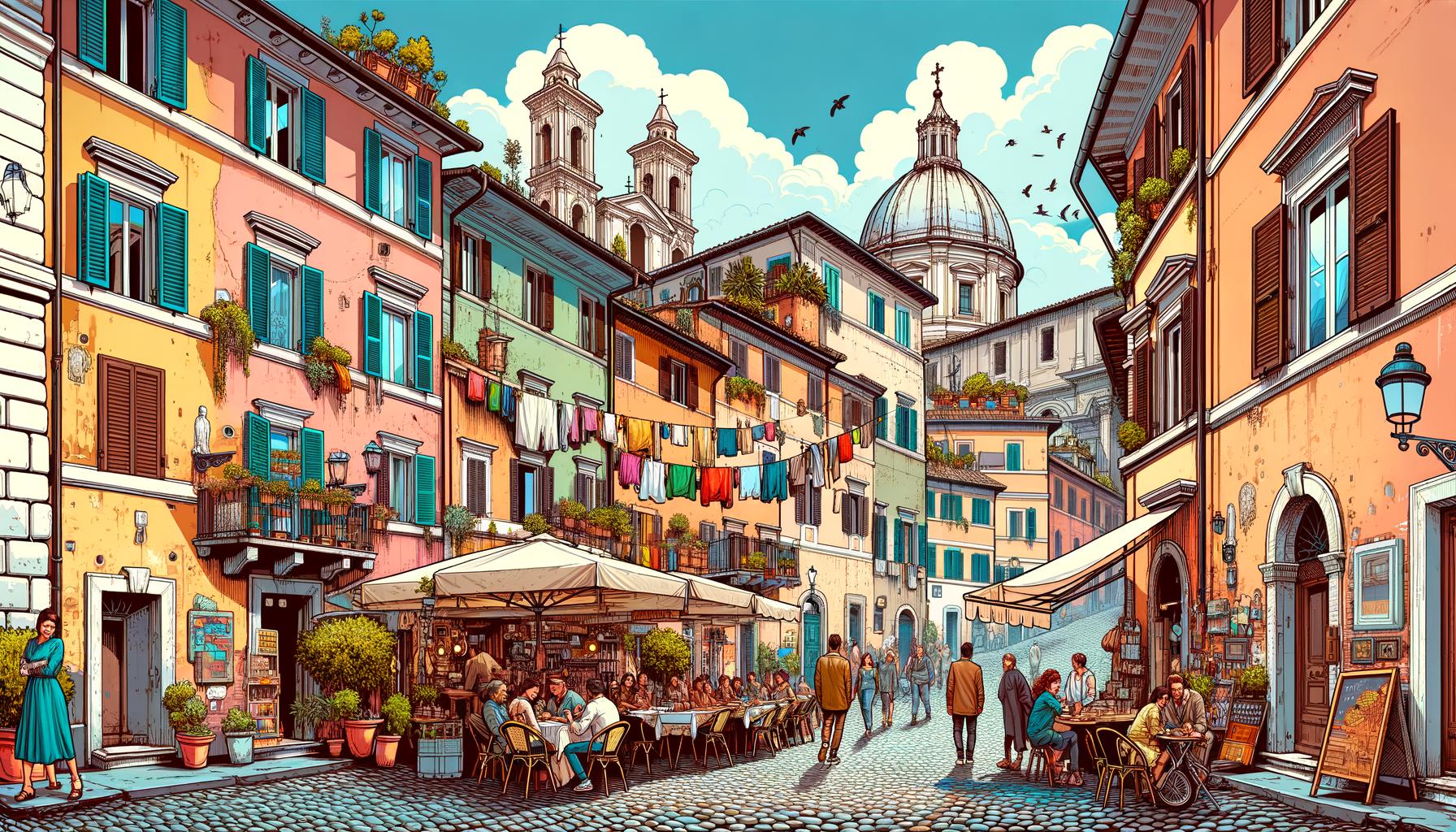
Uncovering Rome’s Cultural Heritage Sites: A Guide for Explorers
Rome, the Eternal City, is a treasure trove of cultural heritage sites that have stood the test of time. From ancient ruins to Baroque masterpieces, the city is a living museum that offers a glimpse into the rich and diverse history of Italy. In this guide, we will take you on a journey through Rome’s most iconic cultural heritage sites, providing you with all the information you need to make the most of your exploration.
The Colosseum
No visit to Rome is complete without a trip to the Colosseum, one of the most iconic cultural heritage sites in the world. This ancient amphitheater, built in 70-80 AD, once hosted gladiatorial contests, mock sea battles, and dramas. Today, it stands as a powerful symbol of Rome’s imperial past and is a must-see for history enthusiasts.
The Roman Forum
Adjacent to the Colosseum lies the Roman Forum, a sprawling archaeological site that was once the epicenter of ancient Rome. Here, you can wander the streets where Julius Caesar walked, marvel at the ruins of temples and government buildings, and gain insight into the daily life of ancient Romans.
The Pantheon
Another highlight of Rome’s cultural heritage is the Pantheon, a remarkable temple that has stood for over 2,000 years. Its iconic domed roof and open oculus continue to astound visitors, and its interior holds the tombs of several famous Italians, including the artist Raphael.
The Vatican City
While technically a separate state, Vatican City is an integral part of Rome’s cultural heritage. Home to the Vatican Museums, St. Peter’s Basilica, and the Sistine Chapel, this small enclave is a treasure trove of art and history, including masterpieces by Michelangelo, Raphael, and Bernini.
The Capitoline Museums
Situated on the Capitoline Hill, the world’s oldest public museum complex boasts an impressive collection of ancient sculptures, ornate palaces, and breathtaking city views. Its collection includes iconic pieces like the Capitoline Wolf and the Dying Gaul, making it a must-visit for art enthusiasts.
The Villa Borghese
This sprawling park and museum complex offers a peaceful retreat from the hustle and bustle of Rome. Within its grounds, you’ll find the Galleria Borghese, home to a stunning collection of Baroque art, including works by Caravaggio, Bernini, and Raphael.
The Catacombs
For a deeper dive into Rome’s history, consider exploring the city’s ancient catacombs. These underground burial sites offer a fascinating glimpse into early Christian life, with labyrinthine tunnels and intricate frescoes providing a unique perspective on Rome’s cultural heritage.
Practical Tips for Exploring Rome’s Cultural Heritage Sites
When visiting Rome’s cultural heritage sites, it’s important to plan ahead and be prepared for large crowds and warm weather, especially during peak tourist seasons. Consider purchasing skip-the-line tickets to popular attractions, and be mindful of dress codes at religious sites.
Additionally, hiring a knowledgeable guide or joining a guided tour can greatly enhance your experience, providing you with valuable historical context and behind-the-scenes insights. Many sites also offer audio guides in multiple languages, allowing you to explore at your own pace while still gaining a deeper understanding of the cultural heritage on display.
Finally, take the time to savor the local cuisine and soak in the vibrant atmosphere of Rome’s historic neighborhoods. Whether you’re indulging in a traditional Roman meal in the Jewish Ghetto or enjoying a leisurely stroll through the cobblestone streets of Trastevere, the city’s cultural heritage is woven into every aspect of daily life.
In conclusion, Rome’s cultural heritage sites are a testament to the city’s enduring legacy as a center of art, architecture, and civilization. By exploring these iconic landmarks, visitors can gain a deeper appreciation for the rich tapestry of history that has shaped Rome into the captivating destination it is today. So, lace up your walking shoes, grab your camera, and prepare to uncover Rome’s cultural heritage one site at a time. Buon viaggio!
